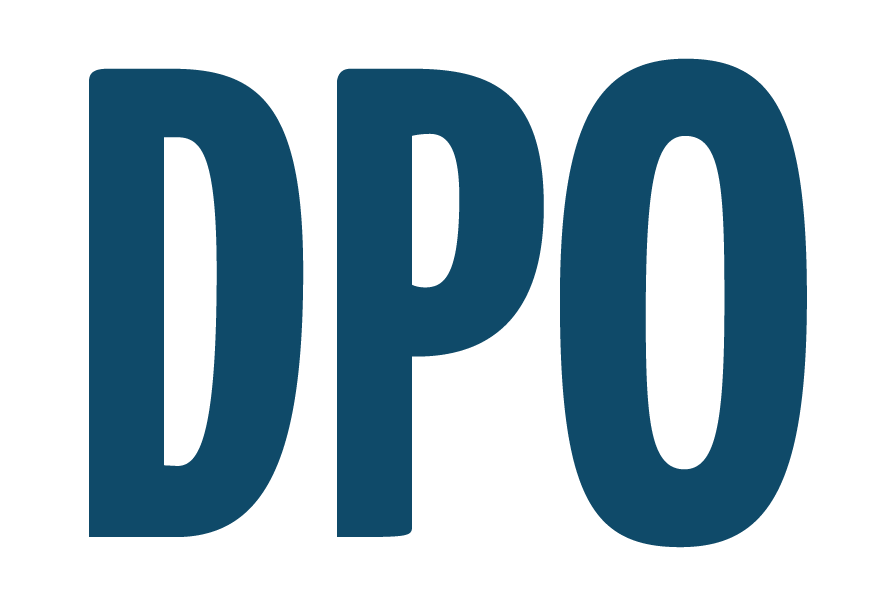How to Identify Automation Opportunities for your Business
- Bogdan Büchner

- May 16, 2022
- 2 min read
There is very little doubt that automation can have a major beneficial impact upon business processes in terms of the reduction of operational costs and efficiencies. There is the potential for automation to reduce the cost of a process by 30%+ when utilised correctly. However, it is possible to automate the wrong opportunities, and these can result in bad outcomes. When these automation attempts are made, it has the potential to leave a sour taste in the mouth, and lead management to avoid any further automation opportunities.

It is important to learn how to identify the best automation opportunities. However, this can be a challenge. So, what should you be looking at to find the right processes which could and should be automated:
Understanding the Differences between Humans and Automation
Humans are naturally great at handling uncertainty and ambiguity. They can use reasoning and analysis to conclude how to deal with a certain problem that can arise. Comparatively, machines automating tasks are not able to handle these same problems. If unexpected problems arise, a bot will not know what to do (unless that problem has been coded into the process).
Bots also can’t make unexpected decisions on your behalf. The rule of thumb when it comes to automation bots is that unless you have predicted the potential problem, and coded it into the process for the bot to understand, it will not know what to do.
In the type of conditions where unexpected problems can arise, automation does not thrive. Bots need structure, humans can handle unstructured processes.
Therefore, the first key to successfully implementing automation into a business is understanding which processes are structured in a way that lends itself to automation, and which are not.
Determining Whether a Process CAN be Automated effectively
Based on the previous point, we can then determine which processes can be automated at all. From there, we need to determine which can be automated, but most importantly, which can be automated effectively. Therefore gaining the largest possible benefit from automation.
It is important to select a process that has a set of rules to run the process with. A process where employees have to follow a framework or set of rules is incredibly suitable for efficiency automation, as it generally doesn’t include any decision making or judgement.
The next step is to define the process well. Many processes which make not currently be suitable for effective automation could be made to be effective if the process was defined more effectively. Processes generally aren’t designed from the ground up to be automated. However, they can be altered to suit an automated approach better.
Consider the input and output requirements for the automated process. What file type is the data coming from? Where do you want to send data, and what do you want to do with it? This is important because some data types are easier to automate than others. PDFs and Images are far more difficult to deal with than spreadsheets and databases, for example. Therefore, if you have an option for the data source, always choose one which favours the automated process more.




